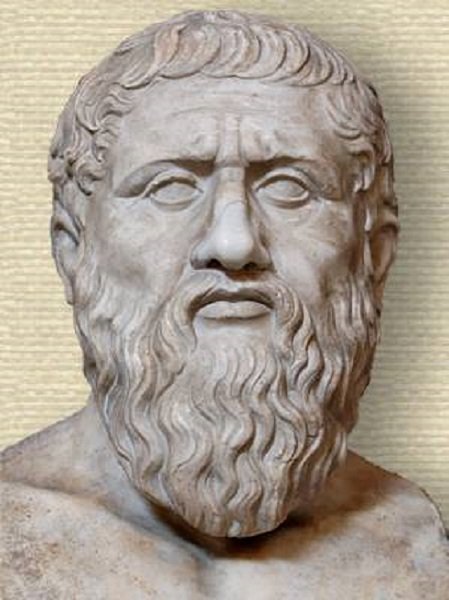Life and activity of Plato / part 4/
The ambassador handed him over to Thirty Mines to Aegina, but here they knew him and did not kill him, just because of a common decision, to kill every Athenian who was found in their territory. Only for the decisive interference of an Anicheris of Kirena, who bought it dearly and let him go, he saved his life. He then returned to Athens, where he founded his famous philosophical school, which was linked to an Akaday high school, and therefore received the name "Academy", a name preserved over the centuries for the highest scientific institutes.
Here Plato spent almost 40 years in scientific and educational activity. Around him gathered many talented young people to study philosophy. Besides the genius Aristotle, besides the genius Aristotle, Kenokrat, Spassius, Hermodor, Heraclid Pontius, Philip Sputtsky and others are particularly remarkable. All of them later became biographers and enthusiastic fans of their teacher. Among his students, there were two women, Lamentina of Mantinea and Axisteia of Fluid, who, however, only dressed as men could listen to him so as not to shock the public at that time. The Platonic Academy was founded in the spirit of Pythagorean society. All of them lived together, possessing everything in common, and learning about general well-being. Inside, alongside the general philosophical pursuits, each of the disciples gave himself in particular to that occupation where his abilities and attractiveness were. Mathematics, music, natural history, history, astronomy were studied.
For example, at 366, the famous mathematician astronomer and mathematics teacher Eudoxius Cndiyski entered the Academy. It was an event for her to enter Aristotle with his natural-scientific abilities and interests. But they also used the gymnastic, musical, literary, artistic and artistic abilities of all, so that a wholehearted, varied and enjoyable life was created. Plato aimed not only to create a scientific center, but also to educate a political and social elite through which it would be able to influence the regeneration and education of the people. The religion, science, and art of his academy were equally well-covered, and so brought everyone together that the Academy, despite all the vicissitudes, lasted for 900 years until Justinian, who concealed it in 525. Plato's lecture was lecturing, which he read in free talks and discussions.
Only two times Plato interrupted his teaching for a short time - hoping he could carry out some of his political ideas. In 367, after the death of Dionysius I, he was summoned by Dion in Syracuse in the hope of rejecting the new tyrant Dionysius II for well-known public reforms. Initially he was enthusiastically welcomed and cultural and political innovations began, but the affected ones soon succeeded in deluding Dionysius II Plato and Dion himself so that Dion was expelled from Sicily and Plato saw himself helpless against the donation and gossip, so he returned to Athens.
